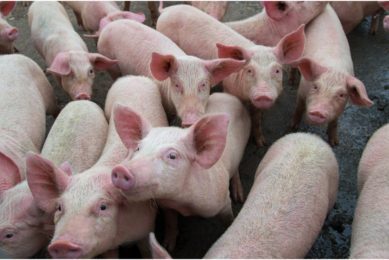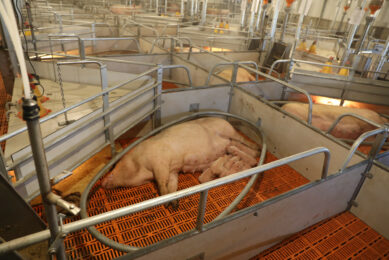Australian scientists studying feral pigs
The habits of feral pigs pose a challenge for Australian researchers seeking the necessary data to develop methods to control spread of the animals.
Although feral pigs are widespread in Australia, scientists at the Invasive Animals Co-operative Research Centre (CRC) wish to find out more about their population structure and local movements.
Major targets are whether isolated (genetically distinct) feral pig populations exist that could be controlled with less risk of re-colonisation from surrounding feral pig populations.
Develop methods
This knowledge will assist scientists to develop methods of reducing the impact of local feral pigs in high-value agricultural land or conservation areas such as national parks, and their influence in spreading infectious diseases to the intensive pig production industry.
Important to this aim is to establish pig movements, and researchers have developed a computerised system that uses Machine Vision Technology (MVT) to distinguish pigs from sheep, goats, cattle, horses, kangaroos and emus that are a normal component of the local fauna.
Machine vision
Machine vision is the ability of a computer to ‘see’, and uses cameras, analogue-to-digital conversion, and digital signal processing. The MVT uses miniaturised, energy-efficient hardware.
It can also read radio frequency identification ear tags to identify individual animals. The system identifies animals and controls their movements via automated gates to access watering or feed points.
Build-up
The MVT technology also aims to stop the artificial build-up of feral populations, especially pigs. Farmers on large properties in remote areas often found it difficult to monitor which species used the resources provided for livestock.
The Federal Government has provided AUD 600,000 (€369,000) for the development and trial phases of the project.
Related websites:
• Invasive Animals Co-operative Research Centre
For the latest pig news, subscribe here











